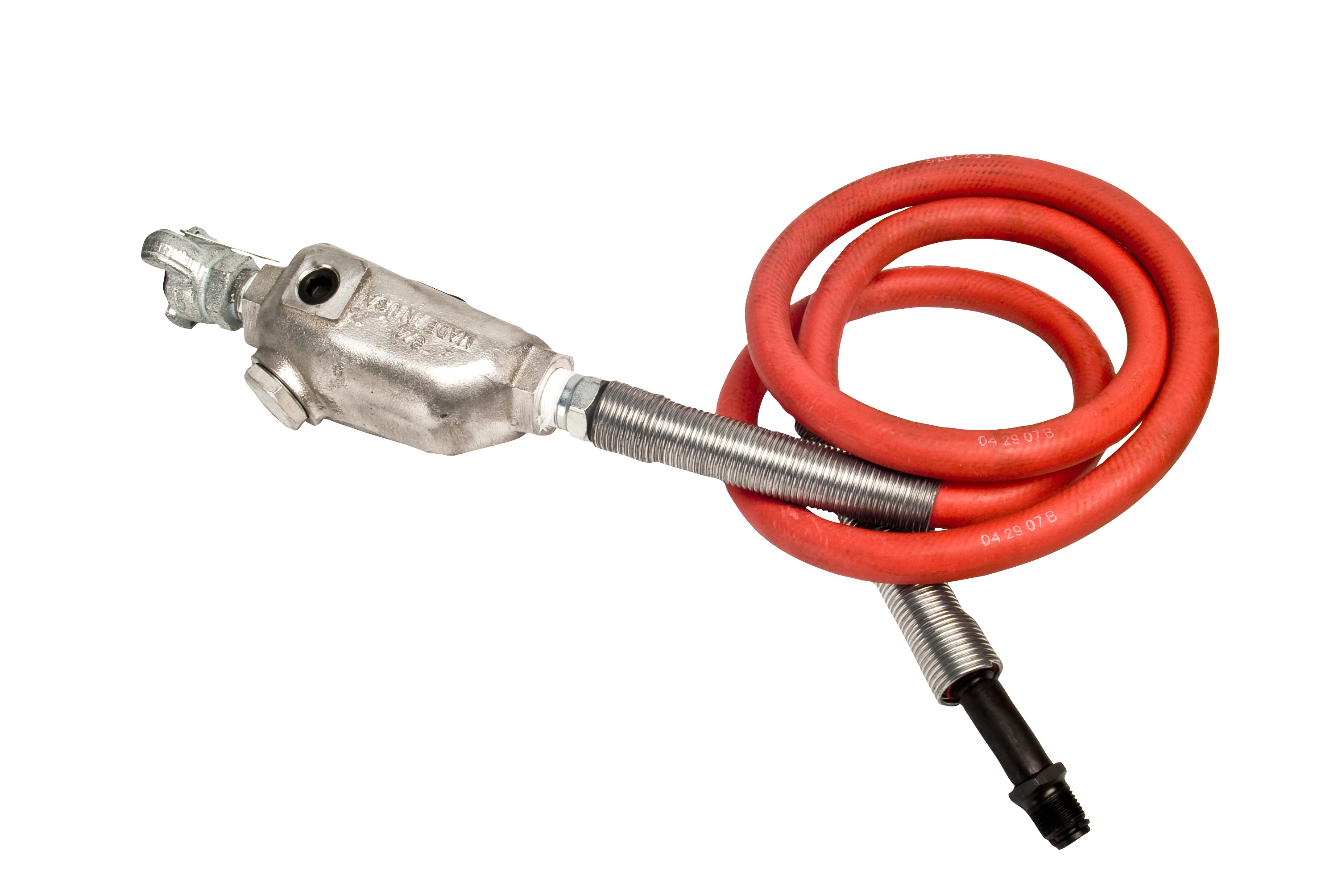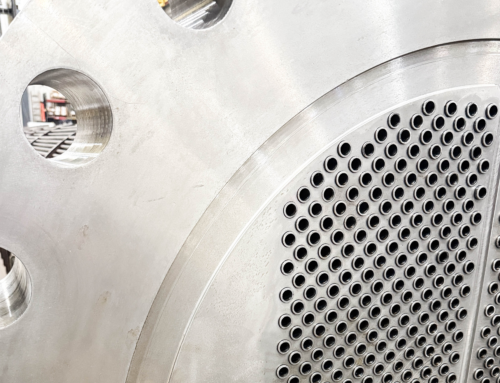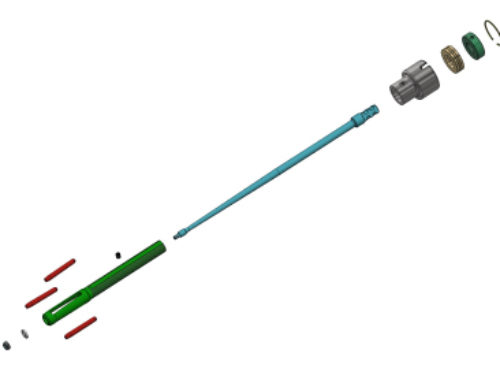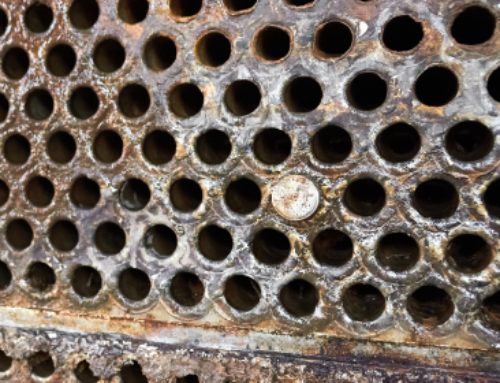3 Tips For Optimal Pneumatic Tool Performance
Pneumatic tools are utilized in a variety of tube tool applications from expansion to cleaning. While the power source is often determined based on operator preference, there are some applications where air may be required or preferred over electric. For example, pneumatic motors offer faster speeds and more power, making them ideal in tougher, high torque applications. Additionally, pneumatic tools are often more durable than electric tools and are easier to service on site. However, to get the best life and performance out of pneumatic tooling, it’s important that the quality of air and the amount used is regulated correctly.

1. Use Clean, Dry Air
One of the most common issues with pneumatic tools is the use of low-quality air. Using unfiltered or wet air will cause rotors to corrode and dry out. Additionally, running non-lubricated air can lead to overheating and premature breakage or failure.
Having a dedicated air line for operating pneumatic tools will help prolong the life and performance of the tool. If you don’t have dry air, running the line through a drier or filter will ensure that no excess moisture or debris runs through the tool.
2. Use Lubricated Air
One common misconception is that wet air is the same as lubricated air. However, lubricated air should still be dry, meaning that there is no other source of moisture in the air line aside from the lubricant. An easy way to ensure filtered and lubricated air is to use a combination filter/lubricator between the source and the tool.

3. Use The Right Amount Air
Compressed air pressure and flow are extremely important for regulated the performance of pneumatic tools. Not all compressors are equal and choosing the wrong one can significantly impact the performance of the tool.
Every pneumatic tool specifies an optimal PSI and CFM setting for the tool to operate as intended. PSI represents the pressure of the air, whereas CFM represents the amount or volume of air released. Both must be set appropriately to get the best performance out of the tool. Too little pressure means the job won’t get done, whereas too much can damage the equipment. Additionally, not using the appropriate setting can lead to high costs and impact the life of the air system.
If you have the appropriate PSI and CFM setting and are still seeing drops in performance, the system could be overtaxed. Sharing an air supply with multiple tools can cause them to fight for air and impact overall performance. In this instance, it may be beneficial to rent a separate compressor for heavier use applications.
Overall, pneumatic tools are a durable, reliable option for many customers in the heat transfer industry. From tube rolling motors to cleaning systems, pneumatic tools are an important part of new vessel fabrication and maintenance. To ensure that you get the best life and performance out of your tools, it’s critical that proper maintenance and operating procedures are followed.





